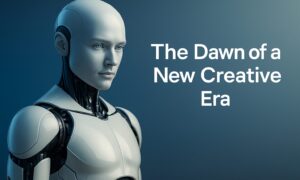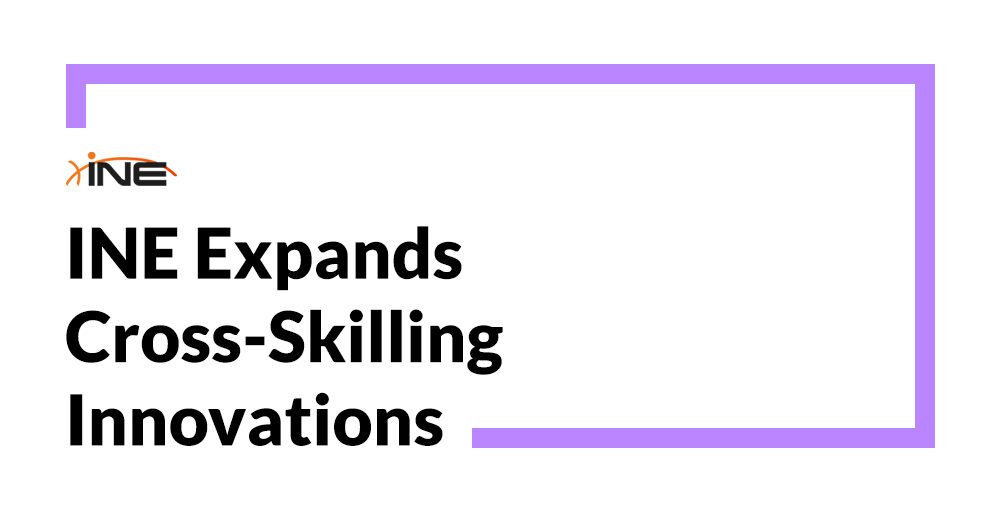Artificial Intelligence is transforming how videos are conceived, created, and delivered. From generating scripts to automating editing, AI in video production has rapidly evolved into one of the most powerful tools in modern filmmaking and marketing. Yet, for all its speed and precision, AI still can’t replace the emotional depth and authenticity that make great video content resonate.
In this article, we’ll explore how AI is changing the production landscape, what it can (and can’t) do, and why the human element remains central to visual storytelling.
How AI Is Transforming Modern Video Production
AI has revolutionized nearly every stage of video creation. It enhances workflow efficiency, reduces costs, and opens creative possibilities that were once out of reach for small teams.
Smarter Pre-Production
AI tools are now used to streamline brainstorming, scripting, and storyboarding. Platforms like ChatGPT, Copy.ai, and Storyboard Hero can generate creative ideas or dialogue variations in seconds. This allows producers and writers to experiment more before committing to a concept.
However, human direction still matters. Algorithms can’t interpret tone, emotion, or brand identity the way creative professionals can. AI offers suggestions; people give them meaning.
Faster and Smarter Editing
One of the biggest advantages of AI in video production lies in post-production. Software such as Adobe Premiere Pro’s Sensei, Runway ML, and Descript automate many labor-intensive tasks like noise reduction, scene detection, and background cleanup.
For example:
- Adobe Sensei automatically reframes videos for social platforms.
- Descript lets editors cut and adjust footage through a transcript interface.
- Runway ML removes unwanted objects or replaces backgrounds seamlessly.
These tools save valuable time, allowing editors to focus on creative storytelling rather than technical repetition. The result is a faster workflow without sacrificing quality.
AI-Generated Content and Avatars
Another fast-growing trend is AI-generated video. Platforms like Synthesia and Pictory enable users to produce short clips or explainer videos using digital avatars and voiceovers. These tools help businesses with limited resources create scalable content for social media or training purposes.
For instance, NVIDIA and Reuters have both experimented with AI-generated segments for news and informational updates. The results are efficient, but often lack the emotional connection found in real, human-driven storytelling.
Balancing Innovation and Authenticity
AI can mimic style and motion, but it can’t replicate real emotion. In a world where audiences are bombarded with synthetic content, authenticity is becoming a premium. Viewers can quickly tell when something feels “too perfect” or emotionless.
That’s why even as AI tools become more advanced, brands continue to rely on real people, real locations, and genuine interactions. Companies like Apple, Ford, and Nike still invest in live-action shoots for campaigns because they understand that genuine storytelling builds trust and emotional connection.
Ultimately, AI should complement creativity, not replace it. It’s a tool for enhancement not substitution.
Where AI Adds Real Value
Data-Driven Insights
AI can analyze viewer engagement and recommend what types of visuals, music, or pacing perform best. Streaming platforms like Netflix use machine learning to study audience reactions and refine how content is promoted or edited.
Automated Editing Assistance
Modern editing tools with AI integration can handle tasks that once required hours of manual labor like rotoscoping, motion tracking, and reformatting. This frees editors to focus on narrative flow and emotional rhythm.
Cost-Effective Production
Small businesses and startups benefit from AI-driven automation that reduces the need for large crews. AI can assist with lighting simulation, auto color grading, and even sound cleanup, helping deliver professional-quality content on a smaller budget.
Industries Adopting AI in Video Production
While entertainment and advertising are early adopters, AI video production now supports a range of industries:
- Corporate communications: AI helps create quick, consistent internal updates, training materials, and streamline corporate video production for clearer, more engaging messaging.
- E-commerce: Automated product demo videos increase efficiency for online retailers.
- Education: AI generates multilingual subtitles and adaptive learning videos.
- Healthcare: Explainer videos use AI animation to simplify complex medical information.
Each use case demonstrates how automation can enhance efficiency without replacing human creativity.
Common Myths About AI in Video Production
Myth 1: AI Will Replace Filmmakers
AI assists, but it can’t think or feel like a human. Storytelling depends on emotion, context, and empathy, all things beyond AI’s scope.
Myth 2: AI Always Produces Flawless Results
AI tools rely on algorithms and datasets. Without careful human review, they can make editing errors or stylistic choices that don’t align with a brand’s vision.
Myth 3: AI Makes Creativity Effortless
Automation can handle logistics, not inspiration. The creative process from concept to execution still requires human insight and collaboration.
Real-World Applications: Combining Human and AI Talent
Modern production teams use AI to enhance workflows, not define them. For example:
- Sports networks now use AI for instant highlight generation, while editors ensure the emotional impact remains strong.
- Marketing agencies use AI to analyze which parts of an ad hold audience attention, allowing creatives to refine storytelling.
- Film studios rely on predictive AI to plan schedules and budgets based on historical data, minimizing waste without compromising artistry.
These examples show how AI supports professionals instead of replacing them.
The Limitations of AI
While AI excels at speed and scale, it struggles with nuance. It can’t fully interpret human emotion, cultural context, or brand storytelling goals. That’s why many companies especially in creative industries continue to value organic video production for key campaigns.
True storytelling depends on intuition: knowing when to linger on a moment, how to read a face, or how lighting can shape a viewer’s mood. Those instincts come from people, not machines.
The Future of AI in Video Production
The future likely lies in collaboration. AI will handle the technical side automating mundane tasks, improving accessibility, and streamlining production logistics while humans focus on creative direction, emotion, and authenticity.
We’re already seeing early signs of this synergy. Predictive tools help directors plan shots, AI-based audio editing improves dialogue clarity, and machine learning enables better color correction. But even as automation grows, the creative spark will always come from people.
As audiences become more aware of synthetic content, real, unscripted human moments will stand out even more. The next era of video production will blend innovation with emotional truth merging the best of both worlds.
Conclusion: Technology Enhances, Humanity Inspires
AI in video production has opened new possibilities for efficiency and creativity. But while AI can process data and automate edits, it’s the human perspective that gives video meaning. Emotion, empathy, and authenticity remain the foundation of compelling visual storytelling.
The future of video isn’t about replacing filmmakers with algorithms, it’s about empowering them to work smarter, tell deeper stories, and connect more meaningfully with audiences.
Looking to blend genuine storytelling with the latest production technology? Connect with Team Unity Media,a leading video production agency , our team is here to help you create something unforgettable.

































